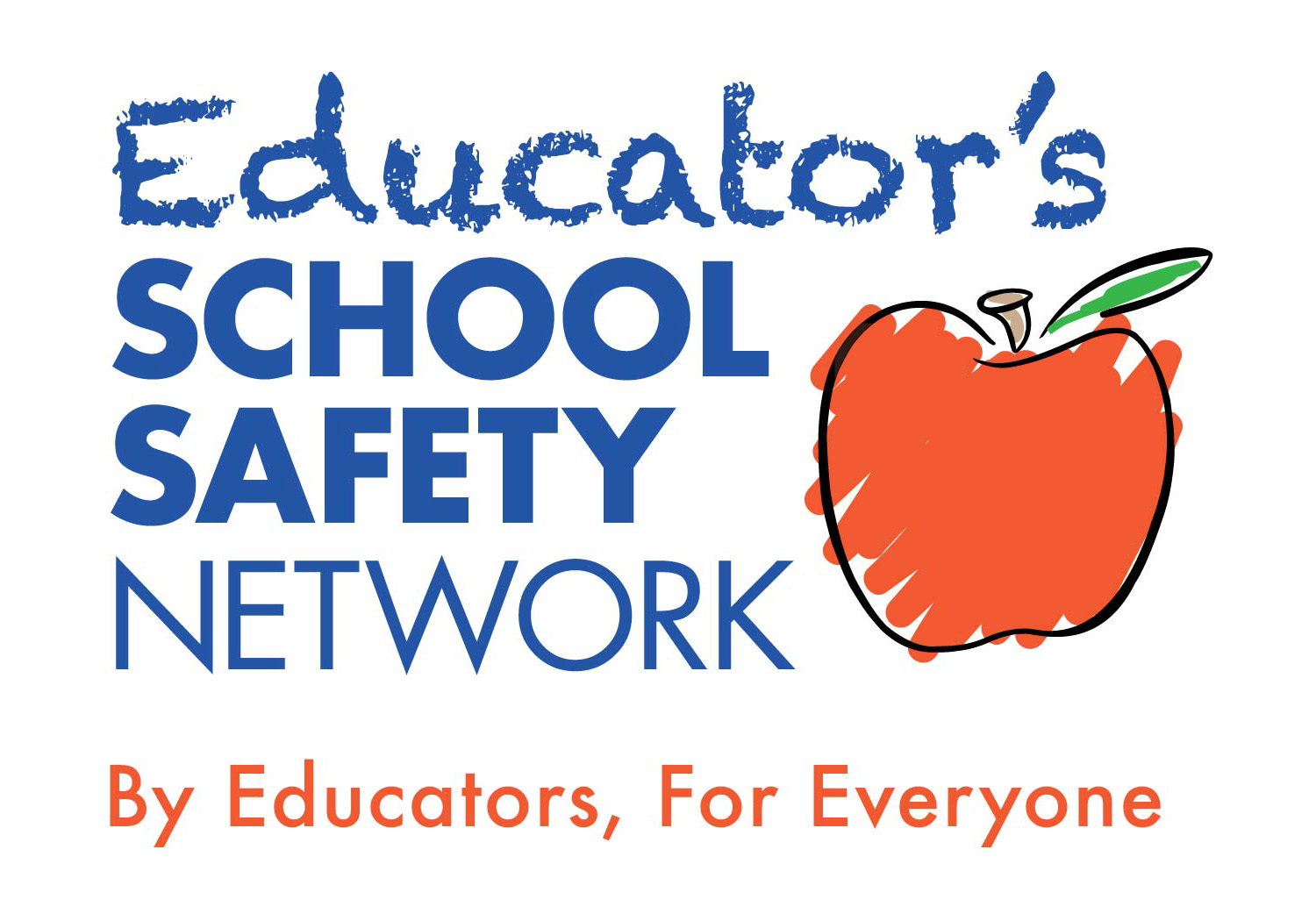School safety, violence prevention, and crisis response are critical components of pre-service education, yet developing these skills and capabilities typically isn’t part of university educator preparation programs.
The Educator’s School Safety Network partners with colleges and universities to offer School Safety 101, a fully developed, education-focused school safety and violence prevention module with training units that can be used as a pre-service gateway before clinical experiences and internships, or integrated into existing teacher preparation courses.
By completing the on-demand, self-paced content units in School Safety 101, candidates acquire critical knowledge and skills related to violence prevention, school climate and culture, and school-based crisis response.
STEP 1 – Participants complete School Safety 101 to acquire an Initial Certificate.
School Safety 101 - On demand, self-paced online training
Increasing your candidates’ school safety professional capabilities begins with School Safety 101, an asynchronous collection of learning units that are offered online and on-demand. The content, instruction and assessments are housed entirely on a third-party learning management system (LMS), not the university’s LMS. Participants self-enroll and gain immediate access by paying an instructional fee comparable to buying a textbook. Your candidates then complete training units on a schedule determined by your organization.
In the six units that comprise School Safety 101, students acquire content and skills related to:
Assessing risks and vulnerabilities
Strategic supervision
Visitor screening and engagement
Access control
Communication planning
Crisis response protocols including active shooter response
Your candidates complete School Safety 101 independently within a time frame set by your institution and receive a certificate of completion automatically through the LMS. Any CEUs or course credit is implemented by your institution.
STEP 2 – Build on the foundation of School Safety 101 with further certification options
The School Safety 101 Initial Certificate establishes a baseline level of competency in safety and violence prevention. Your organization may want your candidates to acquire a higher level of knowledge through the acquisition of an Intermediate or Advanced Certificate.
After completing the on-line portion of the module, your institution has the option for candidates to expand and apply their knowledge through participation in face to face or virtual class meetings to share their field work and reflection activities.
A look at School Safety 101 units:
Thinking Differently About School Safety
To make our schools safe, educators must expand their thinking and perceptions about school safety beyond active shooter response to include a comprehensive, all hazards, education-focused approach to school safety issues.
Assessing Risks and Vulnerabilities
Many vulnerabilities, hazards, and threats exist in a school setting. Explore the difference between man-made, natural, and technological hazards and discuss how vulnerability assessments can identify and mitigate risks.
Prevention & Preparation: The Building Blocks of School Safety
School safety is not just about response. Planning and preparing for the inevitable crisis event and working to prevent violence requires knowledge and capabilities in the critical building blocks of school safety:
Increasing Student Disclosures – Violence prevention and student support require authentic disclosures from students.
Strategic Supervision and Student Support - An engaged and approachable teaching and administrative staff is critical for student supervision, building positive relationships, and improving school climate.
Visitor Screening and Engagement – Effectively screening and engaging with visitors is a powerful violence prevention measure.
Tools of the Trade – Violence prevention and crisis preparation are enhanced when the right tools are used in daily operations.
Access Control – Providing appropriate levels of access control is crucial in mitigating threats and preventing violence.
Communication Concerns – Timely and effective communication to internal and external stakeholders is central for effective preparation.
Effective Crisis Response
School stakeholders must know how to effectively implement all hazards response procedures when crisis events occur, including best practices in active shooter response.






